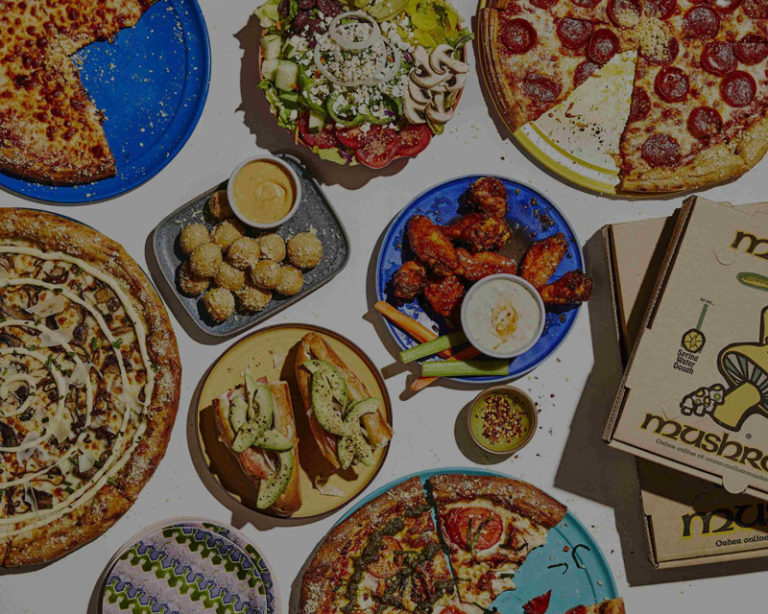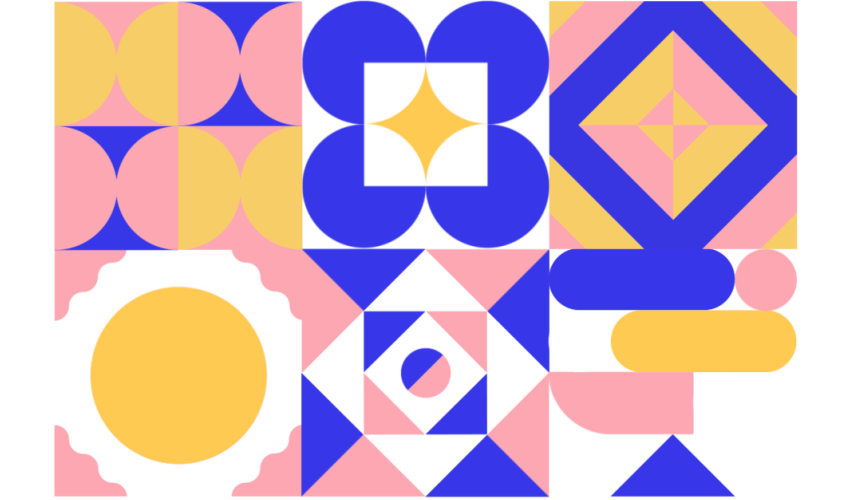With the growing prevalence of slapping “strategic” in front of positions and companies, it can be difficult to differentiate between those simply using the word for its buzzworthyness and actual implementation of deeper strategy into work. The concept of “brand strategy” can feel like an ambiguous idea. Really, the concept of being “strategic” can be confusing thanks to the over-saturation of the word. Strategic partnerships. Strategic solutions. Strategic platitudes abound.
Because of said ambiguity and overuse, we thought it would be valuable to define brand strategy at 3 Owl and how we consider the concept when working with brands to help them grow and evolve.
Putting just a few words to it is a challenge, but our basic definition of strategic branding could be “Discovering the truths at the core of a brand, creating a narrative around those truths, and telling their story in the most interesting way possible using design, tech, and creativity to stand out from the competition while achieving success for the client.”
Most branding agencies will read that and say “Yeah. Us too.” Which is fine. All restaurants have the same goal of serving good food.
To better define what strategic branding looks like for us, let’s use a tool we commonly implement in our brand workshops in some form or fashion. When working with new clients, it’s valuable to define some simple parameters by establishing what this brand is and what they are not. It’s useful to understand what someone doesn’t want to be as much as what they do.
As we continue to evolve in our definition of strategy at 3 Owl, here are some things we know it is, and a few it’s definitely not.

Strategic branding is…
Based in truth and backed with research.
Strategy helps answer the ‘who’, ‘what’, and ‘why’ of a project while further defining a problem. Who are we talking to? What are we promoting? Why does this business exist? But behind those big questions is an even bigger ‘Why’ which explains how you got there. You’ve pinpointed a key insight to drive the creative direction – why is it right? Why should someone believe you?
A successful creative strategy is backed with research and proof behind every decision within it. Not only does this help prove to the client and team the project is headed in the right direction, the work will be better informed and distributed, which works to everyone’s benefit.
More than a brief.
In creative fields there’s sometimes this idea that a strategist tucks away with research in a laboratory until they find the right combination of insights to come out and say “I’ve discovered the target market!” Yes, research and the brief are vital parts of building a strategic brand, but the implementation of strategic thinking throughout the entirety of the project makes it a success.
A good brand strategy should act like a script supervisor on a movie set. The same way they are tasked with ensuring continuity, interpreting a script, and maintaining awareness of everything happening on set, a strategy (and whomever may be charged with implementing said strategy) have similar responsibilities. It’s the map for a project. The north star. Another cliche about guidance and direction. It should be referenced often to ensure the story makes sense and continually points back to solving the greater business and creative challenge.
Mutually beneficial for both client and creative team.
Providing value for the client is a given, but when creatives are given the opportunity to solve business problems in a way that excites and inspires their work, the whole project runs a better chance for success. Passionate business owners and entrepreneurs with a vested interest and belief in what they do tend to produce more successful businesses.
The same goes for executing creative work. When a creative team is presented with a project backed by valuable information to shape their creative ideas as opposed to a problem with no direction, the odds of key insights shaping into effective and beautiful executions increase. And your team will be happier. Thoughtful insights lead to thoughtful work.
Consistent and confident while allowing flexibility.
A brief without sound strategy behind it can quickly kill a project. One overly prescriptive and bloated with unnecessary information takes up too much room to let ideas grow. Too vague leads to assumptions and misguided executions. Smart brand strategy provides insights in an interesting way that matters. A 50-page research document may be helpful in some instances, but a thoughtful strategy should boil and reduce that doc down to a delicious sauce that works on multiple dishes, know what I mean? It’s the base to be built on – if it’s overwhelming or underdeveloped, it sets up the rest of the project for confusion.
Defines success for every individual project.
Some consistent criteria for success can be held onto – the final product should always be beautiful, websites should work flawlessly, brand voice should be strongly defined, etc. However, success looks different from client to client and guidelines should be established at the beginning of a project to define what a successful end result looks like.
Our agency was recently approached to help design and develop an app. The project was certainly something we are capable of and interested in and, added bonus, the client was ready to open their checkbook without asking a lot of questions. But, we really like asking questions.
We learned early on the idea hadn’t been tested for viability or vetted for effectiveness in the market. We liked the client, we liked the idea, but we (1) didn’t want to waste someone’s money or (2) waste our team’s time on an idea that may not be successful. So, instead of taking a big paycheck to dive into a project without direction and a ton of cash, we took far less money to consult on a viability study and solidify the idea for testing. We shifted the definition of success to proving the idea is possible instead of trying to force it through the process where success was simply defined as “make it work”. Give yourself practical, defined goals for success at the beginning of a project and create a plan to follow through and achieve that goal.

Not self-serving.
Do you need to spend six figures on VR technology for a brand or do you just really want to? Does that tagline convey what the brand does or does it just sound cool? Creativity for the sake of being creative or ideas for the sake of ideas does no favors to clients or final results for an agency. Pretty things that don’t work are just pretty. See point #1 for further details.
Not just a logo.
Don’t get me wrong, your logo is important. But a logo and color palette does not make a brand. These are important elements that should be considered as part of the larger story backed by strategic research. We often try and avoid a la carte design or naming projects at 3 Owl because there are so many other factors involved in those processes that need to be thought through and understood before the final product can be successful. A logo should match the story the brand is telling. As should the language, website, collateral, events, and every other touchpoint involved. A brand should work holistically to form a greater narrative and a logo is an important character in that narrative, not the only one.
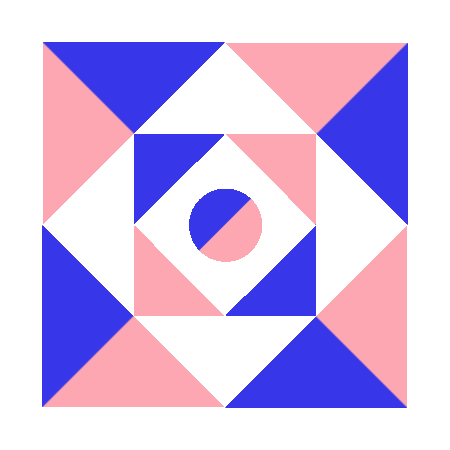
This is simply the start for us in our approach to strategy. Every project looks different and takes on new challenges which require flexibility and a willingness to adapt. But the undeniable necessities of well-informed research, thoughtful insights, and a shared definition for success remain no matter the client or ask. We never put pen to paper before knowing why we’re doing it.
